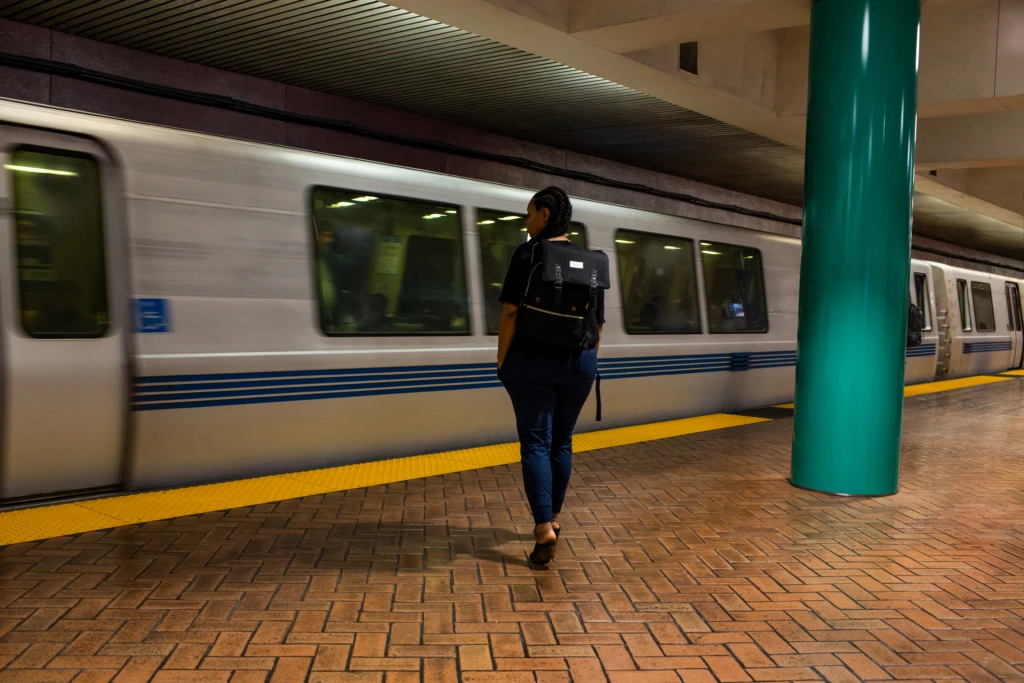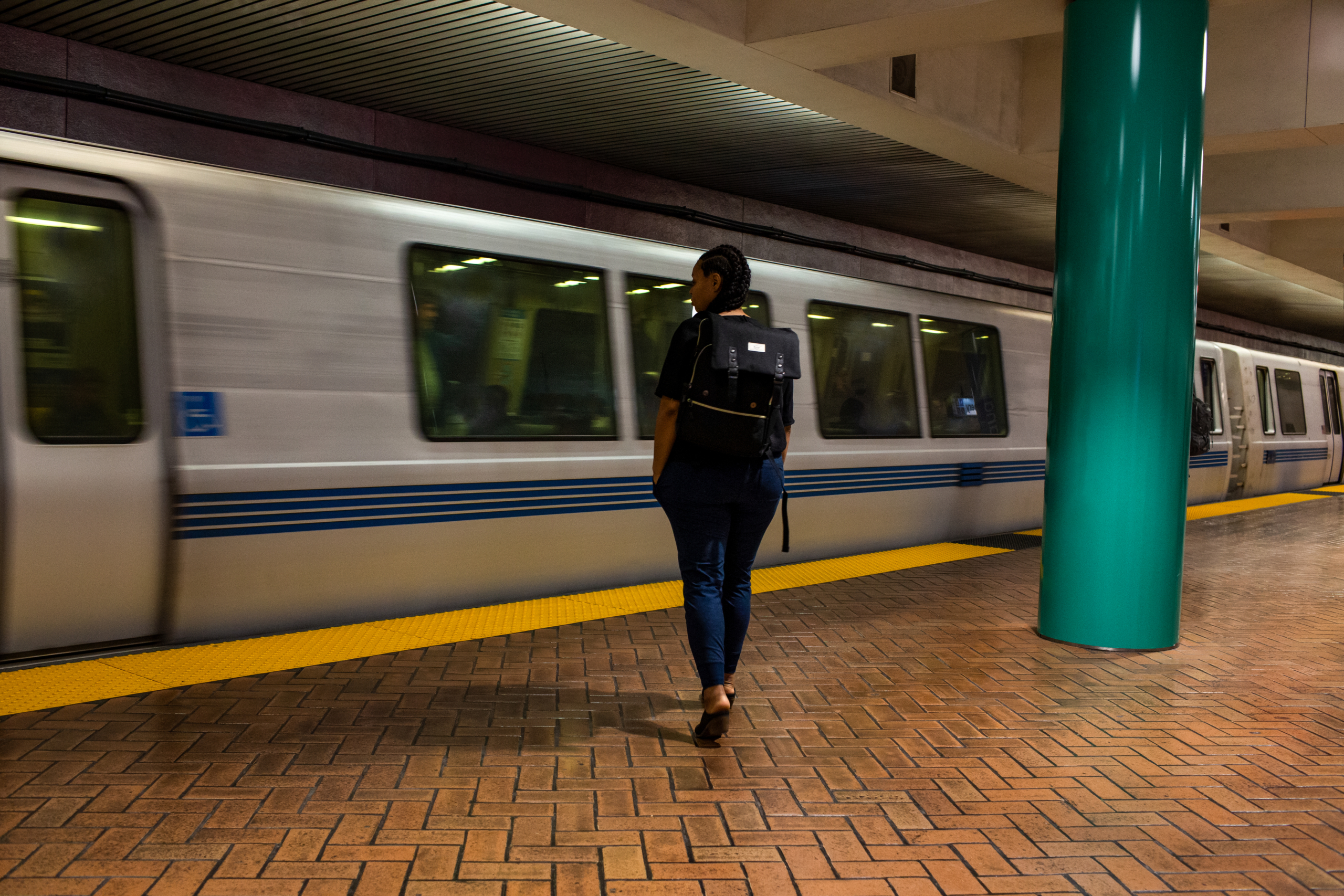
Enabling digital transformation in six key areas of transportation
 Government transportation agencies and transit authorities across the country share a universal commitment to protect and connect people as they drive on roads, highways and bridges or travel aboard buses, subways, streetcars, and light- and commuter-rail systems. Managing transportation systems that people rely on every day comes with great responsibilities, especially as agencies work to improve services and transform the traveler experience.
Government transportation agencies and transit authorities across the country share a universal commitment to protect and connect people as they drive on roads, highways and bridges or travel aboard buses, subways, streetcars, and light- and commuter-rail systems. Managing transportation systems that people rely on every day comes with great responsibilities, especially as agencies work to improve services and transform the traveler experience.
Recognizing the demands of overseeing such complex systems, we’re introducing a new on-demand webinar called Enabling digital transformation in six key areas of transportation. We discuss the following critical challenges facing state and local government departments of transportation, transit and tolling – and how Microsoft is stepping up with no- and low-code solutions as well as modern workforce collaboration tools that help people and teams do their best work.
Infrastructure reliability
According to the American Society of Civil Engineers’ 2021 Report Card for America’s Infrastructure, public transportation received a disappointing grade of D-. It’s clear our nation’s transportation infrastructure is in dire need of repair and modernization.
Microsoft and our partners offer an array of solutions for agencies to effectively manage the life cycle of major transportation construction and maintenance projects. Dynamics 365 and Power Platform are enabling transportation engineers to streamline construction design-build activities, and field workers to quickly predict and solve problems. Seamlessly integrating with Microsoft Teams, these cloud platforms provide real-time collaboration from anywhere on secure Surface devices, resulting in on-time, on-budget projects and reduced maintenance costs.
Infrastructure safety
Preliminary 2020 data from the National Safety Council shows a 24% spike in roadway deaths – the highest in 96 years – making safety top of mind for every transportation official. The outcome is greater investment in Vision Zero initiatives aimed at eliminating traffic fatalities and severe injuries.
Transportation agencies also are turning to Microsoft Azure, Power Platform, and Dynamics 365 to collect, aggregate and gain insights from data to improve infrastructure safety. For example:
- Transportation employees can leverage department data to evaluate how additional safety measures can prevent future accidents and incidents.
- With pandemic restrictions on public transportation still in place, data can inform protocols to ensure transit systems are clean and safe.
- Our Azure-powered Internet of Things (IoT) is increasing safety and reducing costs so that transportation departments can manage, track and monitor connected vehicles and other assets in real time.
- Having accurate data also plays an important role in receiving federal funding for infrastructure improvements that are essential to enhancing safety.
Operational efficiency
Transportation agencies are constantly seeking new and ingenious ways to upgrade operations as a means of stretching budgets and delivering better services. We’re seeing forward-thinking departments adopt intelligent transportation systems, or ITS, and other strategies to obtain real-time and predictive operational insights, increase collaboration and automate processes. Microsoft and our partners provide Azure-powered ITS capabilities to securely:
- Collect and store historical and real-time streaming mobility data from devices in the field, vehicles and third-party sources, creating a single pane of glass for informed decision-making.
- Manage IoT devices – and ensure they’re running and protected from external threats.
- Visualize data with powerful dashboard-based Power BI analytics to understand historical and real-time performance indicators that help predict and prevent traffic congestion, transit delays and more.
- Automate manual, repetitive and inefficient processes and workflows, similar to New York Metropolitan Transit Authority innovations.
Workforce collaboration
Transportation and transit agencies constantly struggle with effective internal collaboration and coordinating with external organizations. Microsoft is helping empower workforce collaboration by:
- Providing cloud and technology skills that drive transformation and attract and retain a modern-day workforce.
- Supporting transportation and transit organizations to connect and communicate the right level of information to stakeholders.
- Equipping departments with Power Platform to quickly automate forms and other paper-based processes, Power Automate to eliminate redundancy in collecting and storing data, and Dynamics 365 to manage and get the most out of data.
- Using visually immersive and interactive Power BI dashboards and reporting to gain and share insights that generate efficiencies.
- Communicating through Microsoft 365 apps – such as Outlook email and Microsoft Teams for chats, virtual meetings and document sharing – to collaborate and get work done from anywhere.
End-to-end traveler experience
Transit and mobility options have grown significantly in recent years, with bike-, ride- and car-sharing services joining traditional transportation and transit choices. To keep pace, transit agencies must offer easier and more “frictionless” or contactless travel experiences built on mobility as a service, or MaaS.
We enable MaaS strategies through several cloud-based products, including Azure Maps. Our apps ensure travelers enjoy an end-to-end experience, complete with journey planning, real-time arrivals and service alerts, multimodal mobility options and integrated mobile fare payments.
The environment
Environmental sustainability is a priority for the government transportation and transit sector, which is dedicated to enhancing the quality of life for constituents. Microsoft technology is assisting state transportation departments to deliver solutions in a more sustainable manner and allowing public transit agencies to provide affordable, environmentally conscious services. One example: The combination of IoT sensors, AI and machine learning produces real-time air quality reports and detects environmental risks.
Empowering widespread progress
There’s no better time for state and local transportation departments and transit agencies to focus on upgrading and repairing the nation’s physical infrastructure. It’s equally important to concurrently replace legacy systems with modern cloud infrastructure that empowers widespread progress, innovation, collaboration and premier public services, like those deployed by the Arizona Department of Transportation.
Next steps
- Watch our on-demand webinar: Enabling digital transformation in six key areas of transportation.
- Download Microsoft’s Digital transformation in public transportation e-book.




